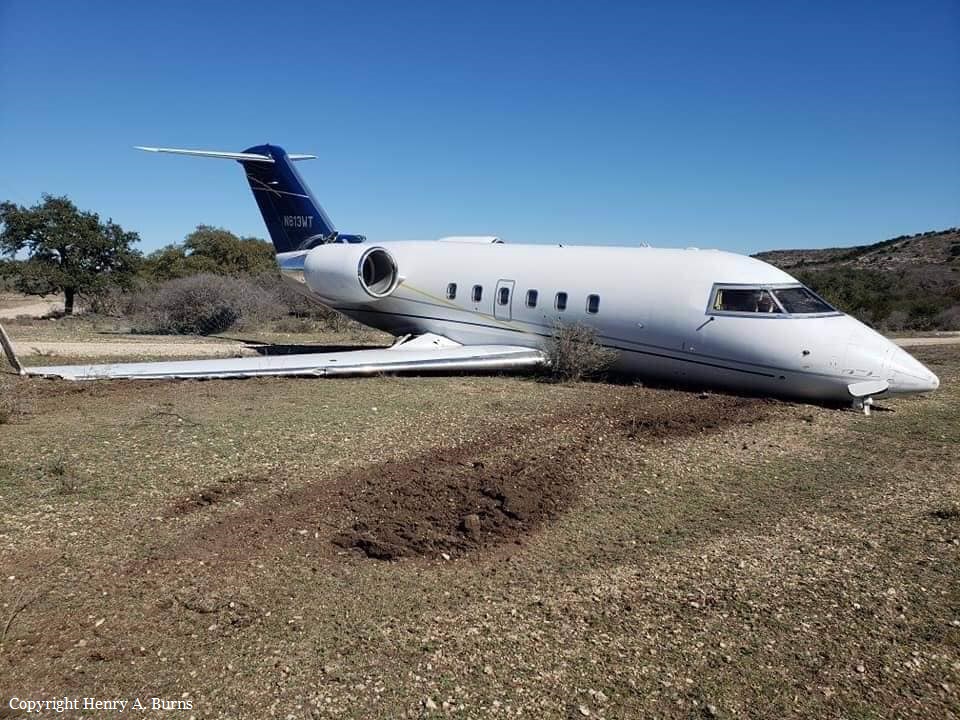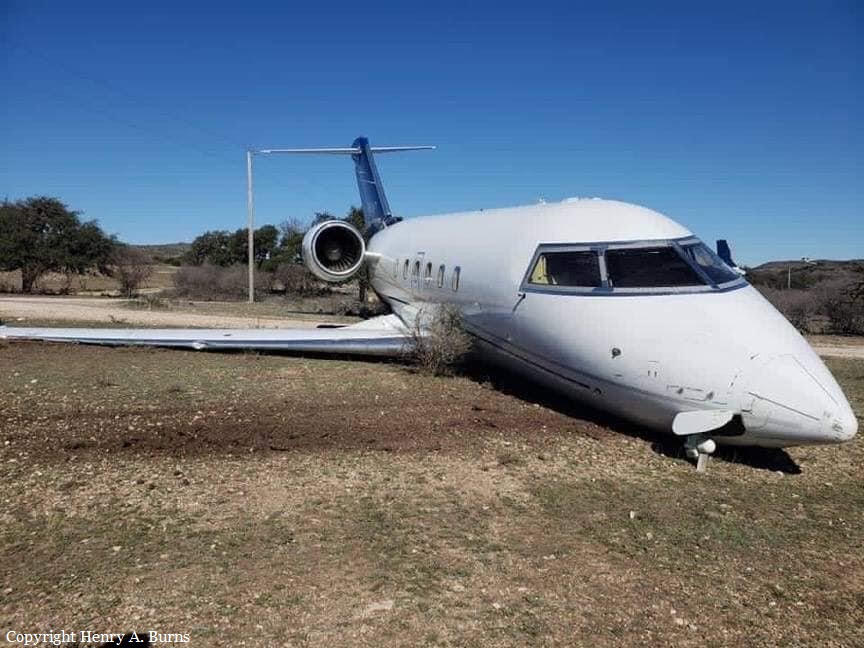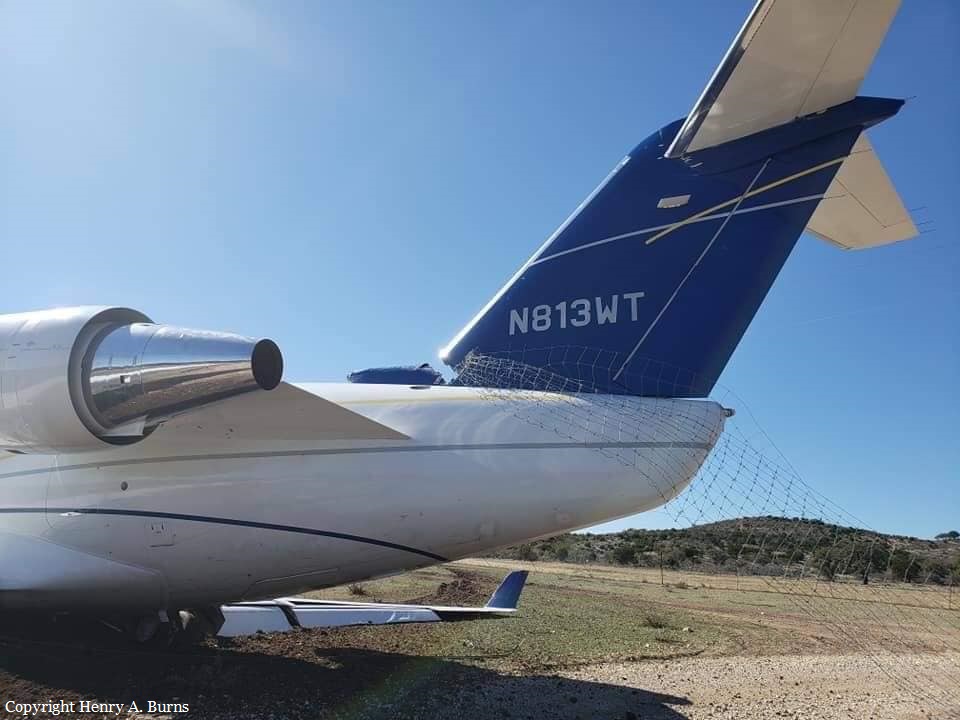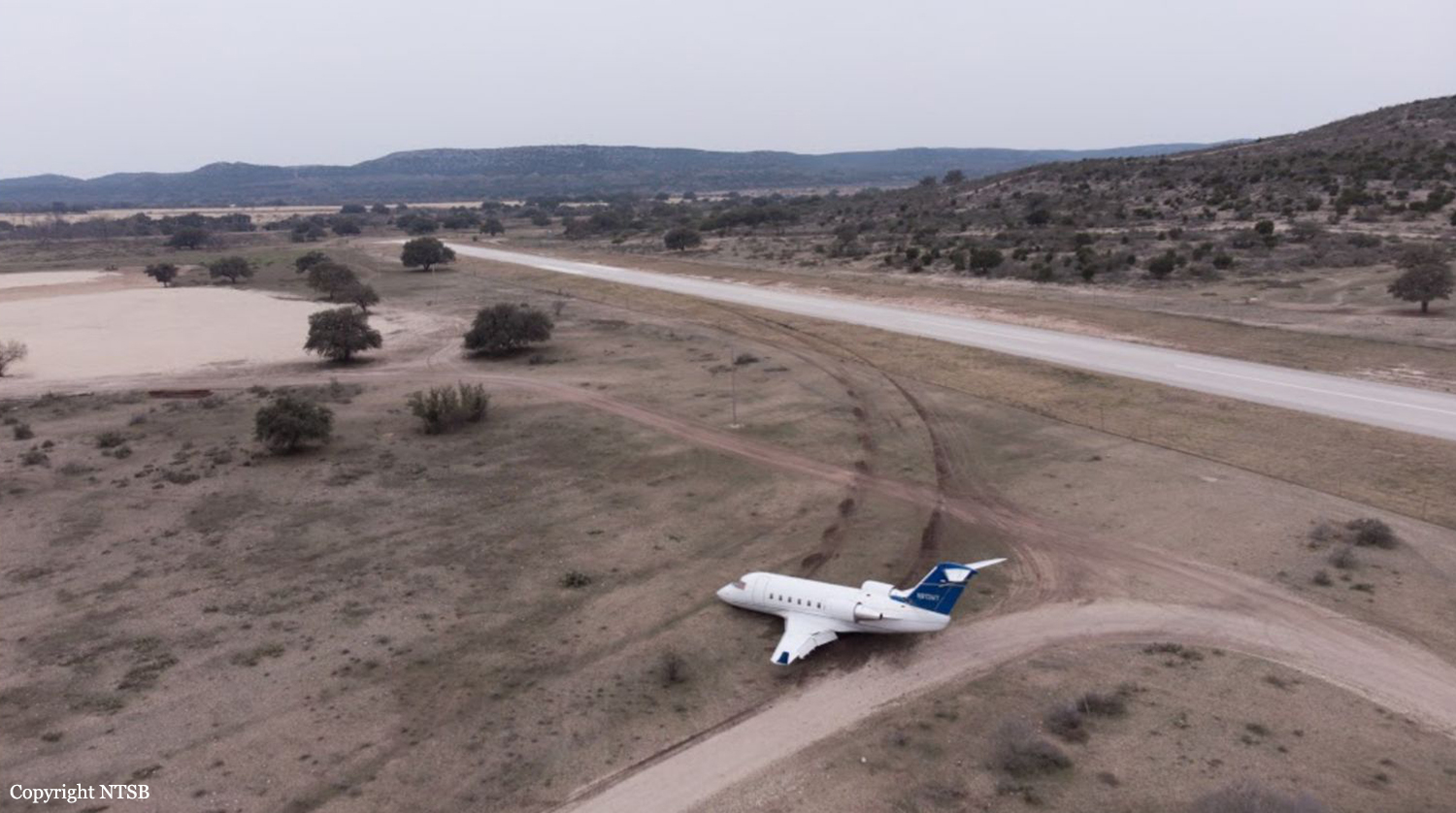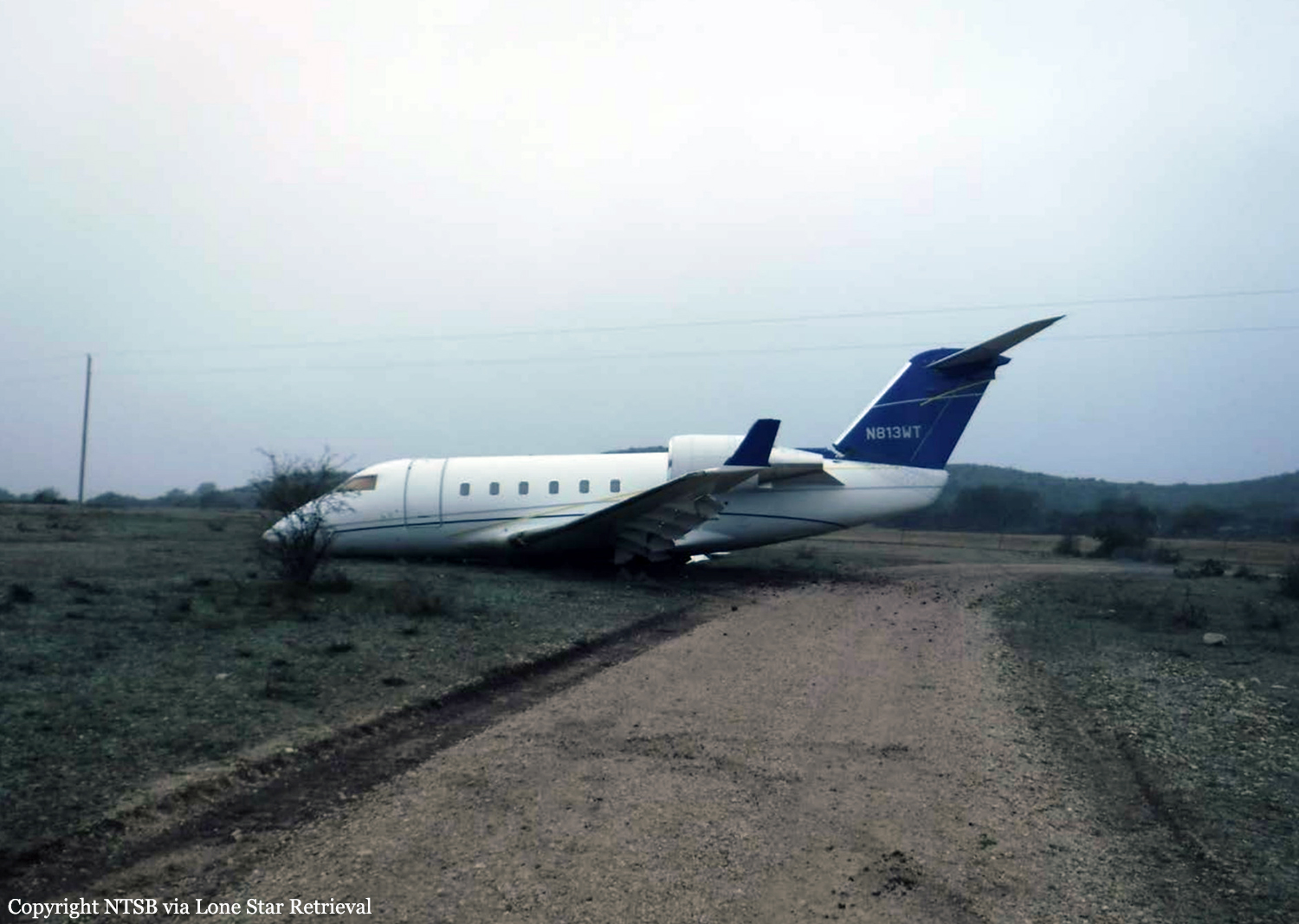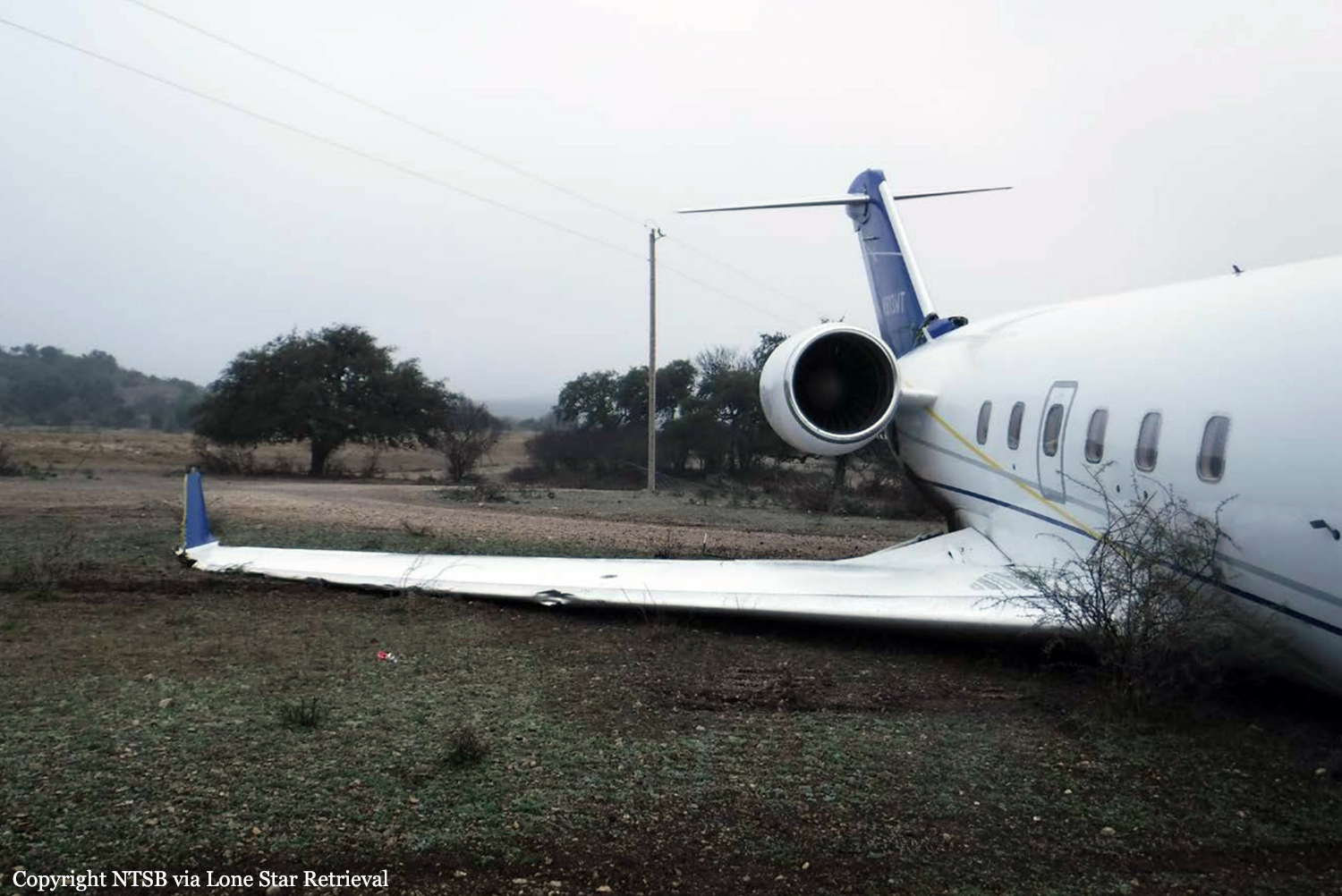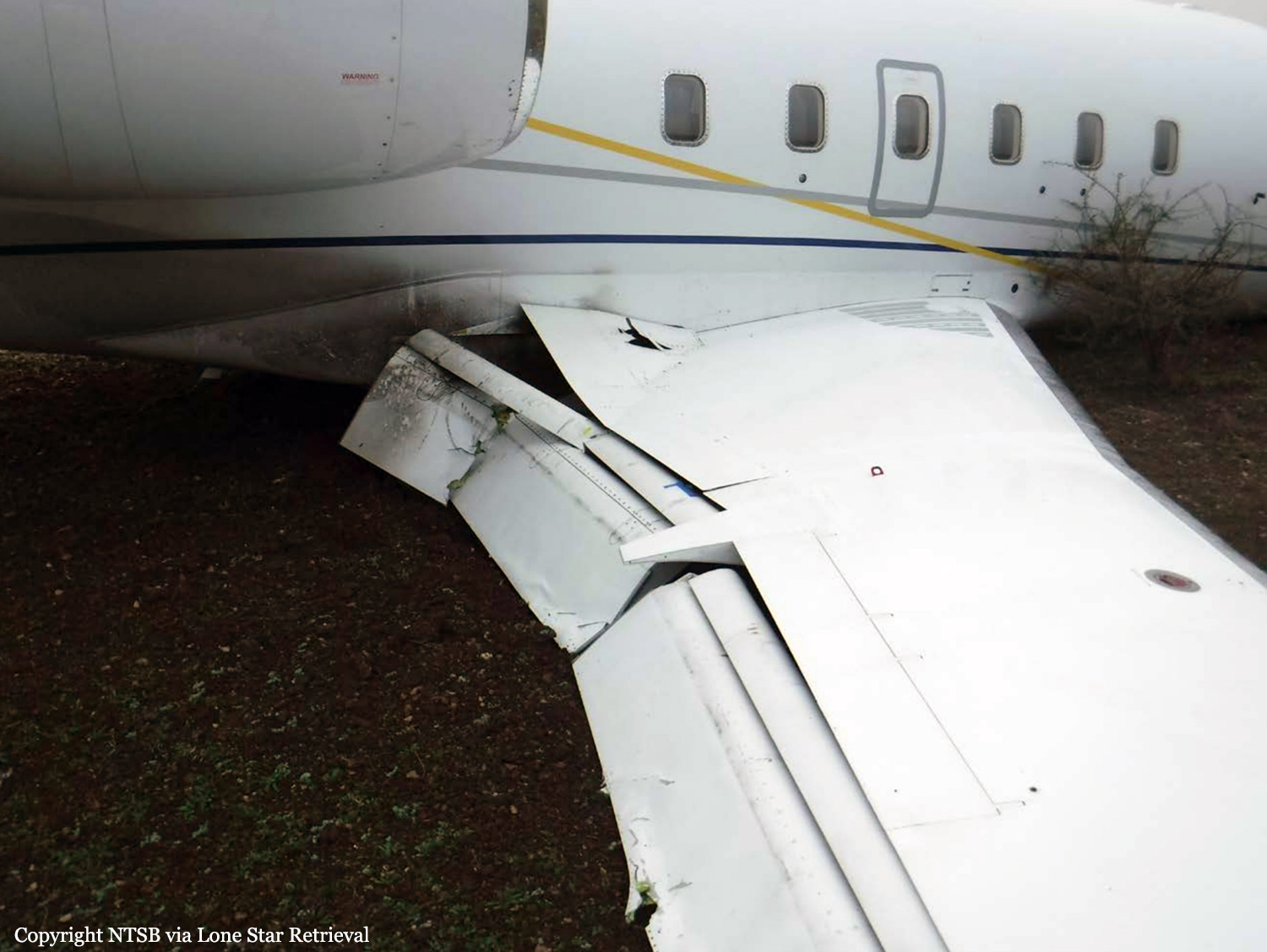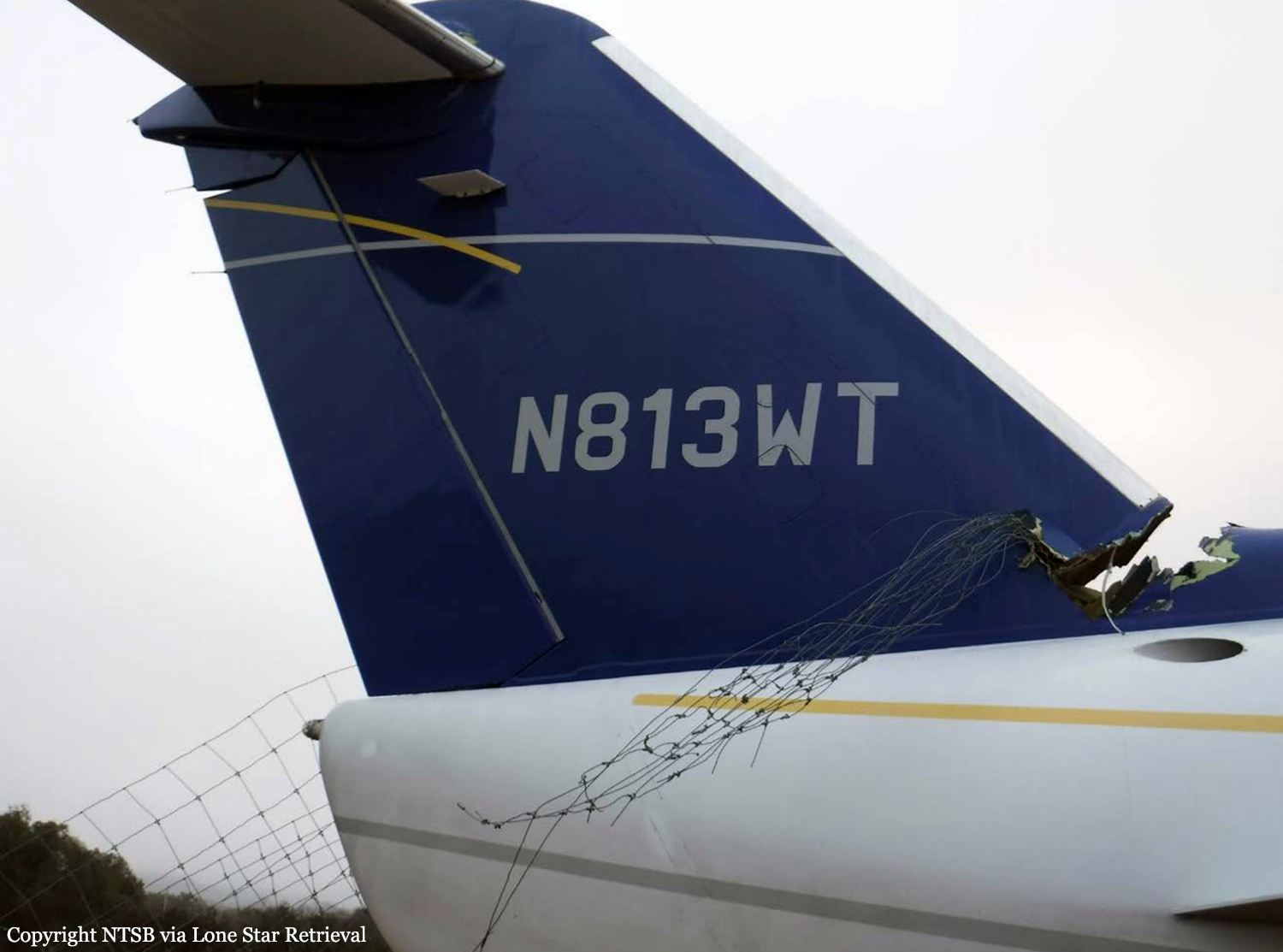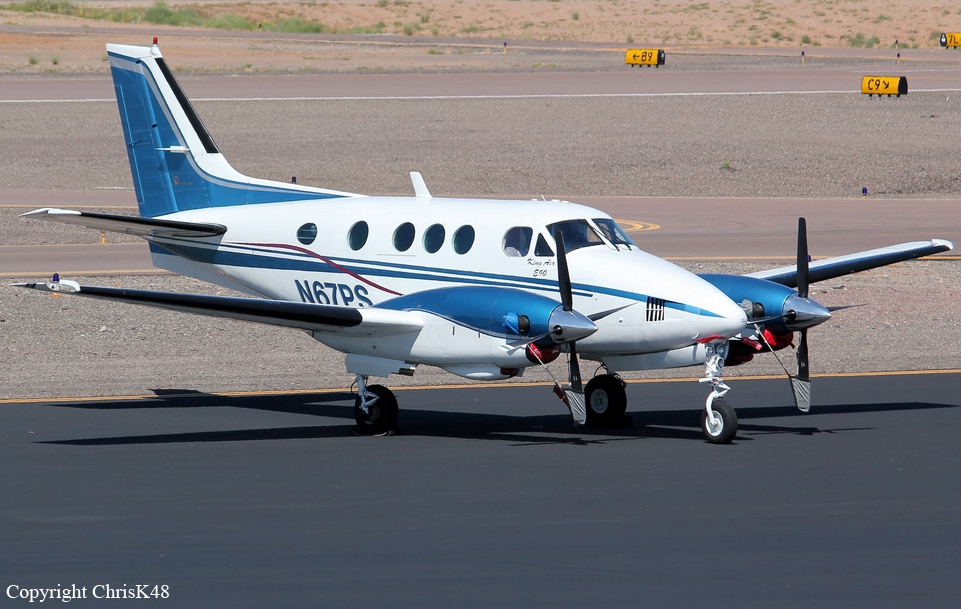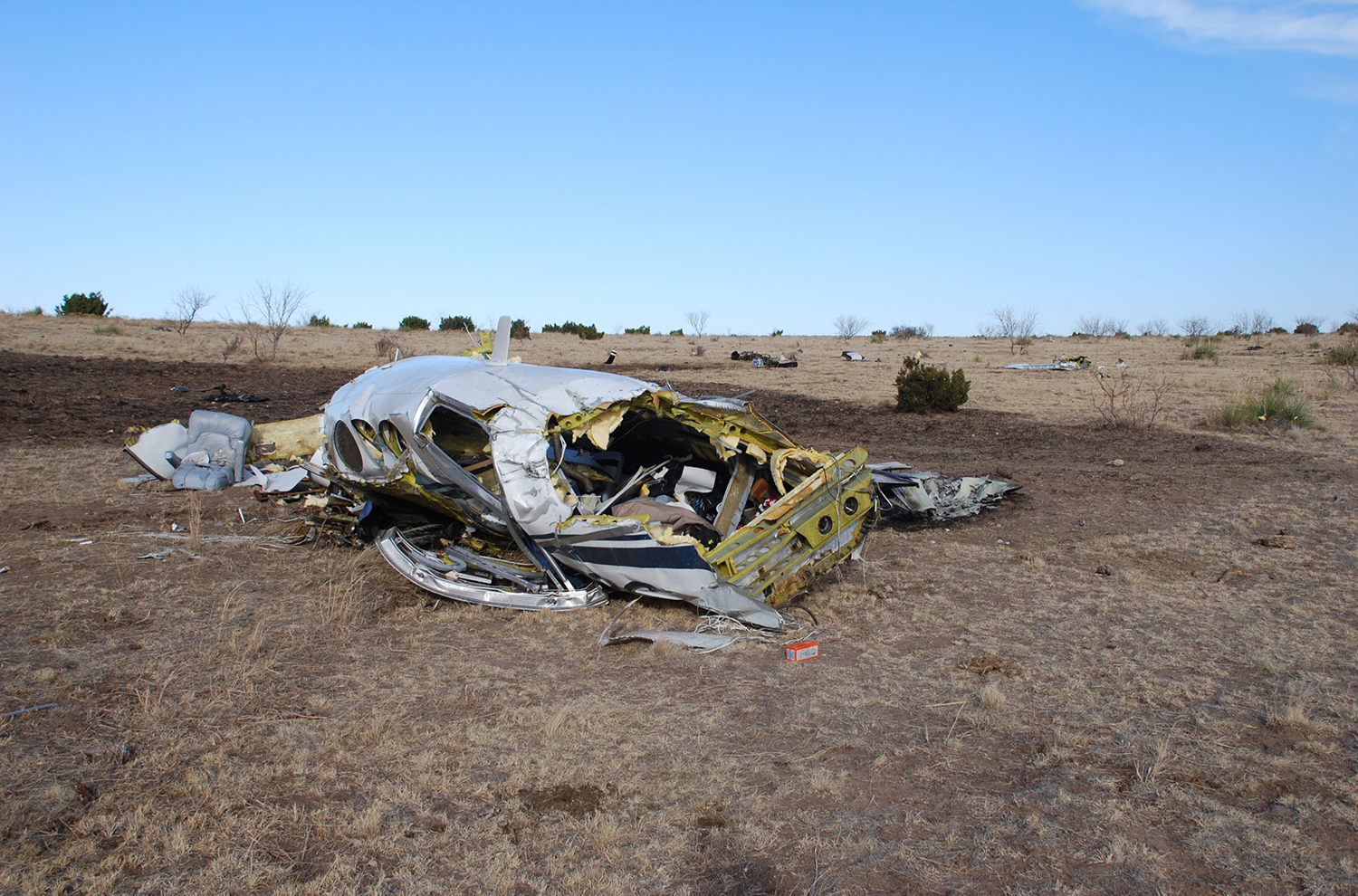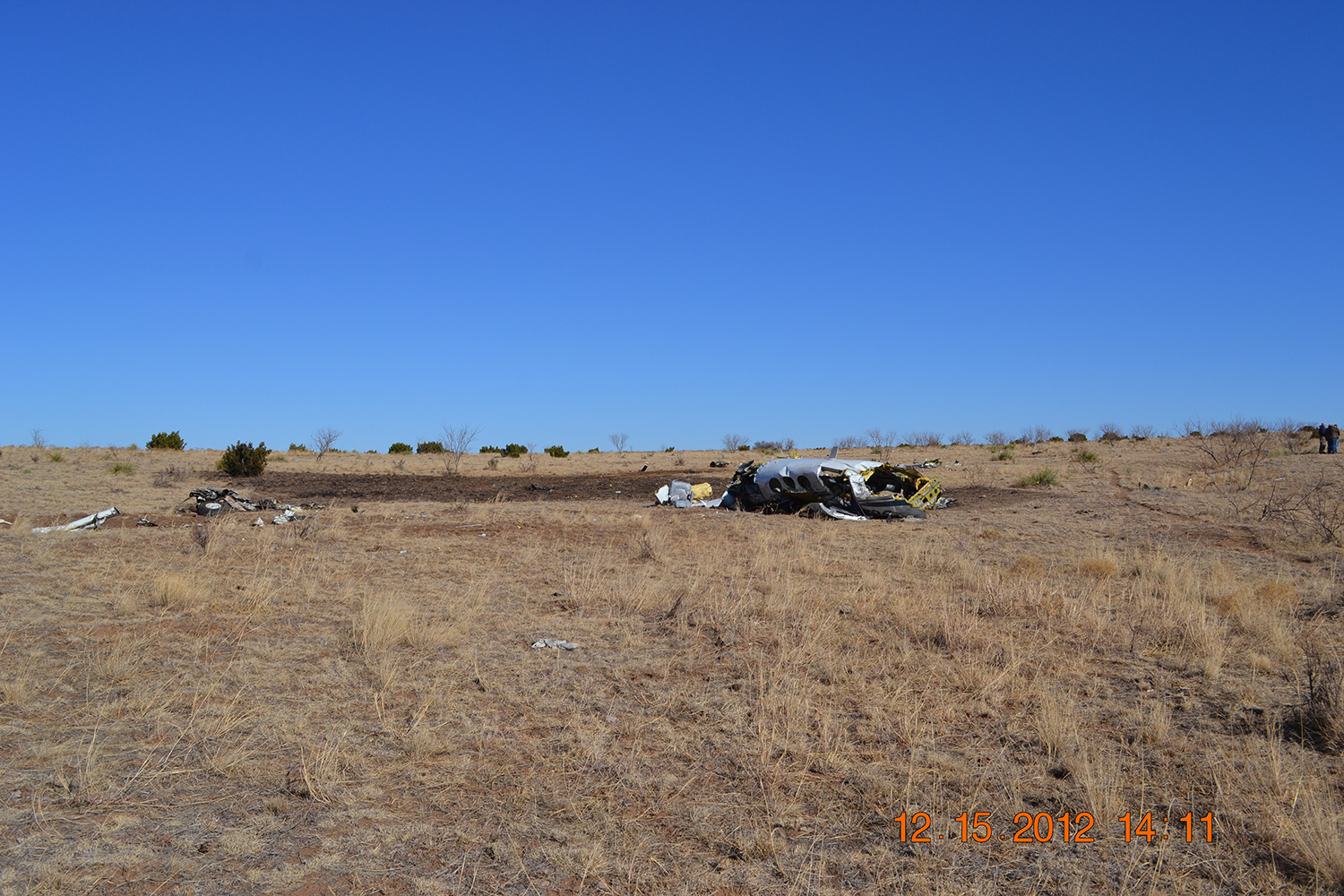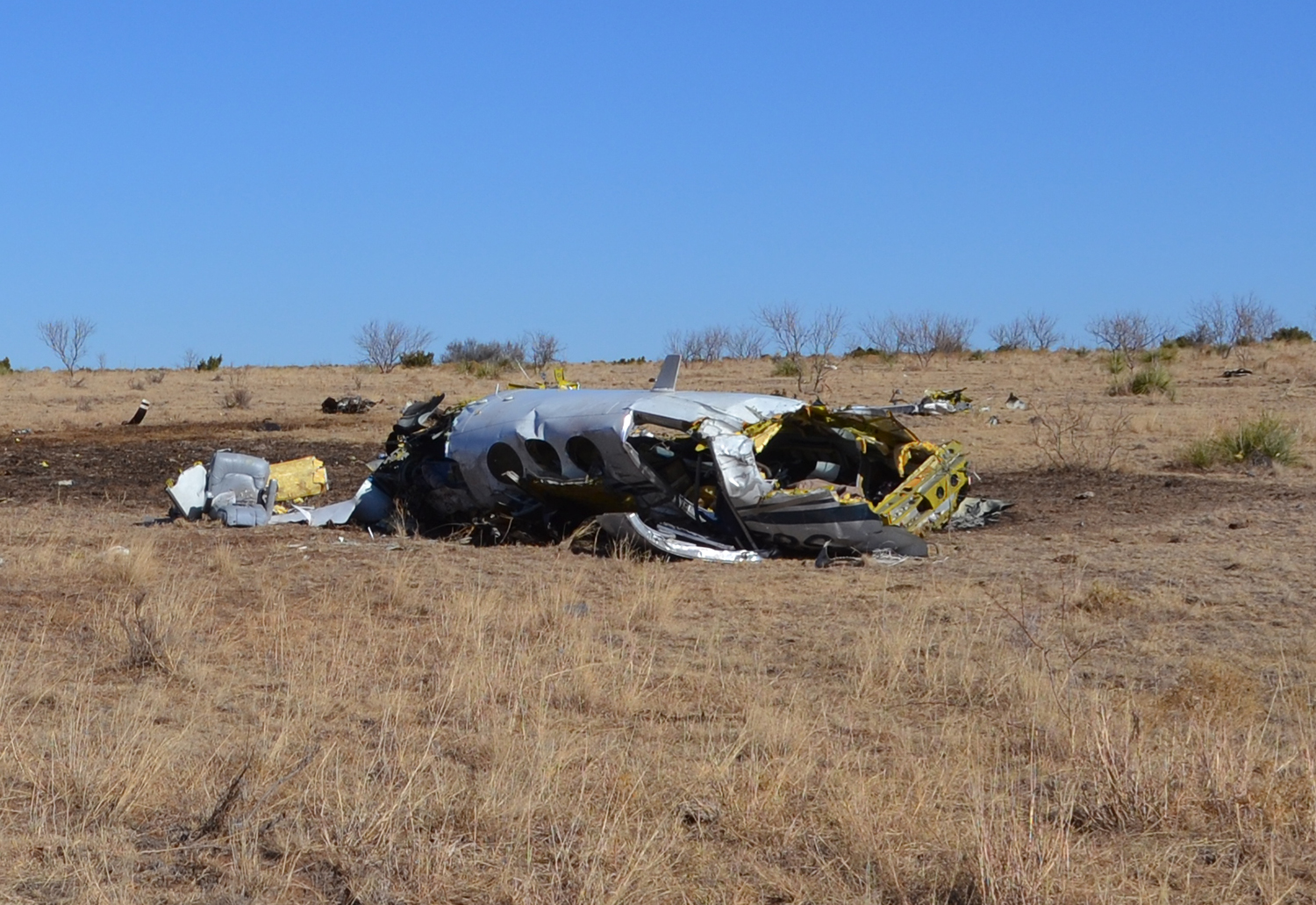Crash of a Canadair CL-601 Challenger in Ox Ranch
Date & Time:
Jan 13, 2019 at 1130 LT
Registration:
N813WT
Survivors:
Yes
Schedule:
Fort Worth - Ox Ranch
MSN:
3016
YOM:
1983
Crew on board:
3
Crew fatalities:
Pax on board:
6
Pax fatalities:
Other fatalities:
Total fatalities:
0
Captain / Total hours on type:
3500.00
Copilot / Total hours on type:
25
Aircraft flight hours:
8408
Circumstances:
The pilot, copilot, flight attendant, and six passengers departed on a corporate flight to a private airstrip. After leveling off at flight level 280, the flight crew checked the weather conditions at nearby airports. Based on the weather information that they had, the pilot planned for a visual approach to the runway. As the airplane neared the destination, the pilot flew over the runway and entered a left downwind visual traffic pattern to check if any animals were on the runway and what the windsock on the airstrip indicated. The pilot stated that they did not see the windsock as they passed over the runway. The pilot reported that there were turbulence and wind gusts from the hills below and to the west. When the airplane was over the runway about 50 ft above ground level (agl), the pilot reduced the engine power to idle. The pilot reported the airplane then encountered wind shear; the airspeed dropped rapidly, and the airplane was "forced down" to the runway. A representative at the airstrip reported that the airplane hit hard on landing. The pilot unlocked the thrust reversers, applied brakes, and reached to deploy the ground spoilers. As he deployed the thrust reversers, the pilot said it felt like the right landing gear collapsed. He applied full left rudder and aileron, but the airplane continued to veer to the right. The pilot tried using the tiller to steer to the left but got no response. The airplane left the side of the runway and went into the grass, which resulted in substantial damage; the right main landing gear was broken aft and collapsed under the right wing. Postaccident examinations of the airplane revealed no preimpact mechanical malfunctions or failures that would have precluded normal operation. A review of weather conditions showed surface winds out of the north to northwest at 15 kts, with some gusts up to 20 kts. There was potential for turbulence and wind shear below 5,000 ft, but there were no direct observations. The area forecast about 30 minutes after the accident called for northwesterly winds at 10 to 17 kts with a few higher gusts in the afternoon for the general area. Data from an onboard enhanced ground proximity warning system (EGPWS) revealed that the crew received a terrain alert just before the airplane crossed the runway threshold. At the time the airplane was over the runway threshold, it was 48 ft agl and in a 1,391 ft per minute rate of descent. The airplane impacted the runway 3 seconds later. Given the pilot's account, the weather information for the area, and the data from the airplane's EGPWS, it is likely that the airplane encountered wind shear while transitioning from approach to landing.
Probable cause:
The airplane's encounter with wind shear on short final approach to the runway, which resulted in a hard landing and fracture of the right main landing gear.
Final Report:
